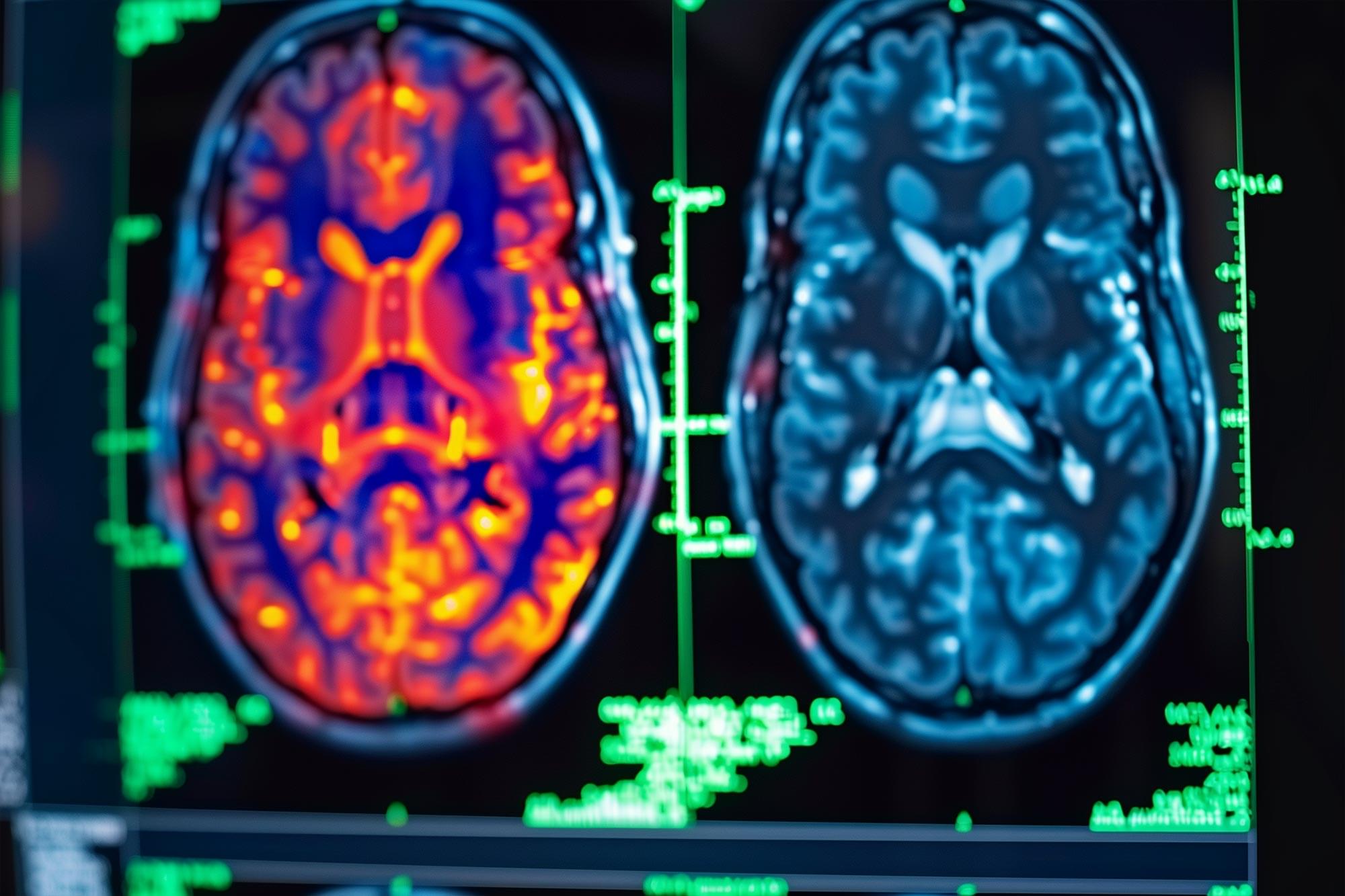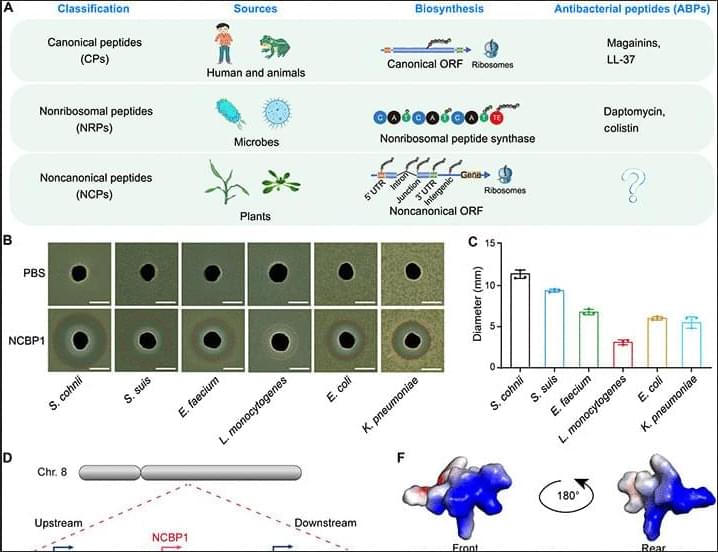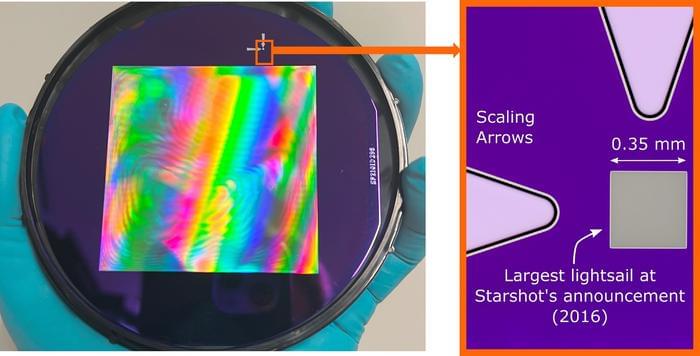In the ebb and flow of crowded crosswalks, a surprising pattern emerges: people can naturally form neat lanes of movement. But what flips the switch from graceful organization to chaotic weaving?
An international team of researchers has pinpointed a specific tipping point: when pedestrians deviate more than 13 degrees from their path, order collapses. Backed by math, experiments, and real-world testing, this discovery could revolutionize how cities manage foot traffic.
From flow to frenzy: what disrupts pedestrian order?






